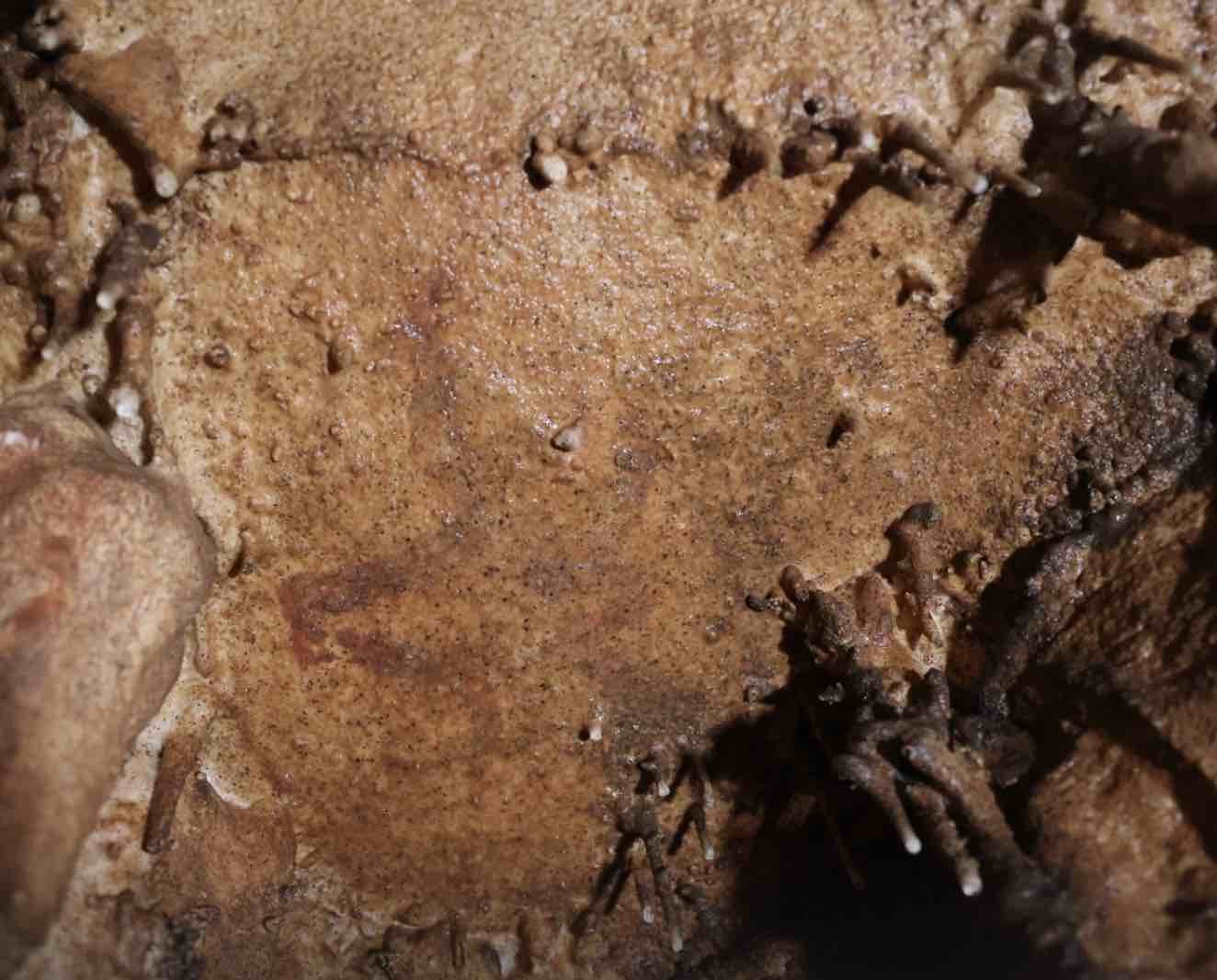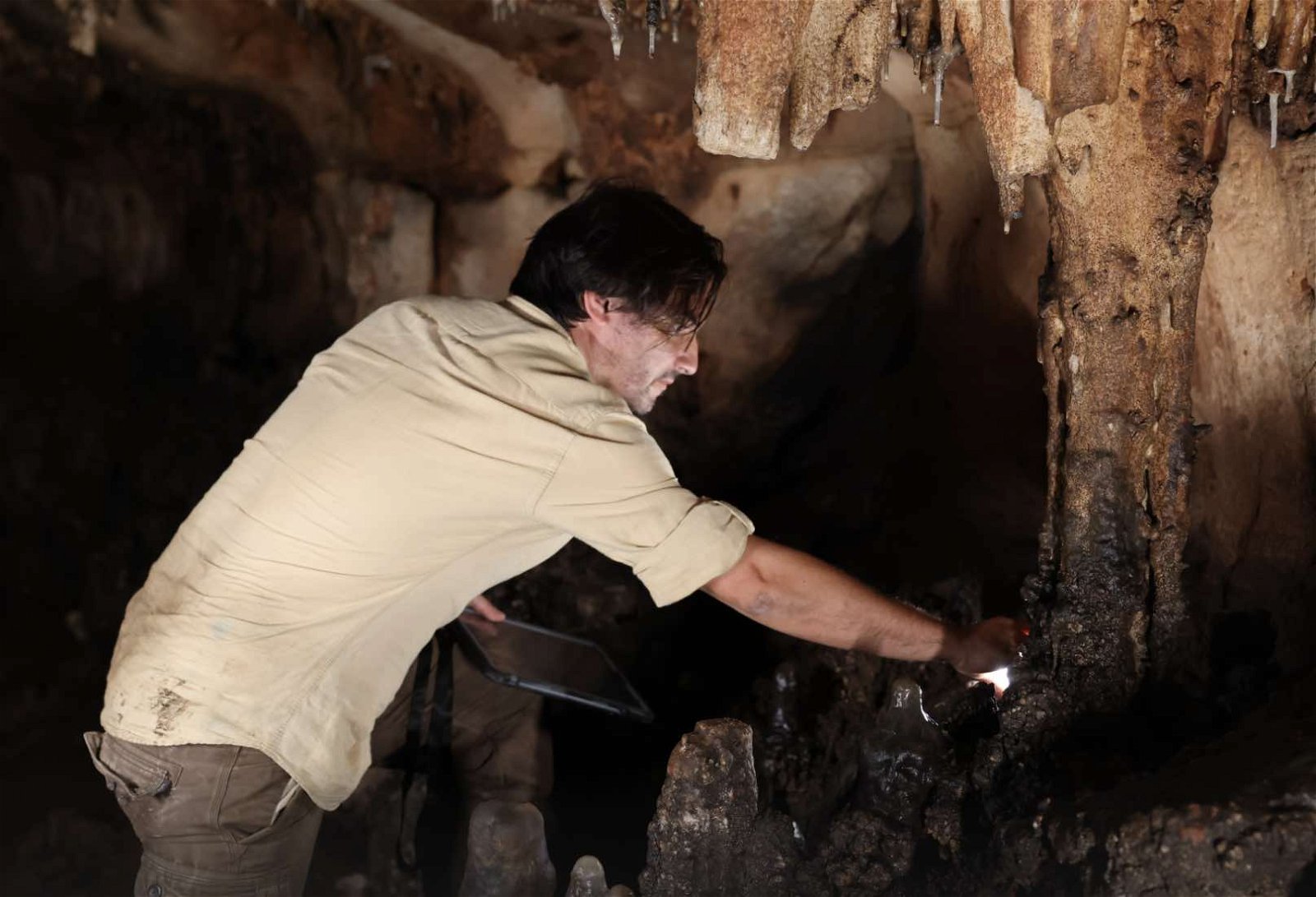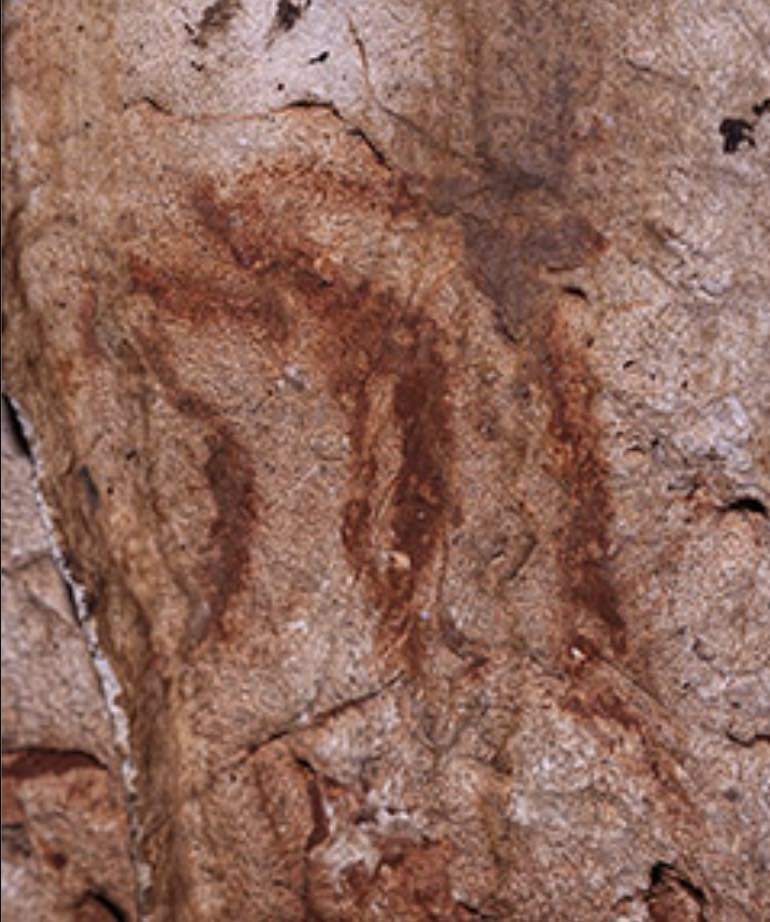One of the most significant Palaeolithic art sites found in recent years has been discovered within a 500-meter-long cave on Europe’s Eastern Iberian Coast.
Hailed by archaeologists as “arguably the most important” cave art discovery in the region, the trove of ancient images, which are believed to be close to 24,000 years old, was found at Cova Dones, a site near Millares located a short distance from Valencia, Spain.
The discovery is one in a recent series of archaeological discoveries that are helping to reshape our understanding of ancient Europeans.
A Treasure Trove Hidden in Plain Sight
Remarkably, although the cave is frequented by locals and visitors to the region, the ancient Palaeolithic art that adorns portions of its walls and ceiling remained undetected until 2021, when a team of Spanish researchers with the Spanish universities of Alicante and Zaragoza, in association with the University of Southampton, UK, detected the ancient paintings.
Among the first representations the researchers recognized at the site had been an auroch, an extinct species of cattle featuring large, elongated horns that are widely regarded as the undomesticated ancestors of modern cattle that thrived during the Pleistocene, with remnant populations remaining in northern Europe until as recently as 1627.


“When we saw the first painted auroch, we immediately acknowledged it was important,” said Aitor Ruiz-Redondo, a Senior Lecturer of Prehistory at the University of Zaragoza and a research affiliate with the University of Southampton.
However, Ruiz-Edondo and his colleagues say that the true significance of the discovery didn’t set in until much later. As the researchers began to study and analyze the paintings, they soon began to reveal the site at Cova Dones to be something significant.


“Once we began the proper systematic survey we realised we were facing a major cave art site,” Ruiz-Redondo said, comparing the site to similar cave art discoveries in the region, most of which are only found in northern Spain, southern France, or Andalusia. Never before had a similar collection of ancient cave paintings been found so far south along the Eastern Iberian Coast.
Hundreds of Palaeolithic Art Images
Since the discovery was made, more than one hundred designs have been documented among the ancient paintings by the research team. The paintings offer enough variety both in the motifs represented, as well as the techniques used to produce the art, to be regarded as one of the most significant Palaeolithic cave art discoveries in recent years, featuring the most motifs of any similar site since the discovery of similar art at Atxurra almost a decade ago.


Other animals documented at the site include hinds, horses, and deer, most of which were painted using clay, an unusual medium for art of the period. Ruiz-Redondo said the paintings were made by their ancient artists using their fingers and palms, and the humid environment gradually dried them over time. Some of the paintings were further preserved by coatings of calcite that formed over them slowly over periods of thousands of years.
Further investigations into the Palaeolithic art at Cova Dones will be undertaken by the researchers, which they say will likely reveal additional findings in the years ahead, although their current findings were the subject of a new paper by Ruiz-Redondo and colleagues Virginia Barciela and Ximo Martorell, which appeared in the journal Antiquity.
Micah Hanks is the Editor-in-Chief and Co-Founder of The Debrief. He can be reached by email at micah@thedebrief.org. Follow his work at micahhanks.com and on Twitter: @MicahHanks.

